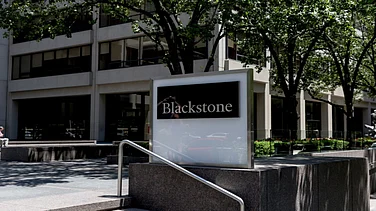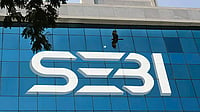City gas operators, selling CNG to automobiles and piped cooking gas to household kitchens, are expected to post an operating profit of ₹7.2–7.5 per standard cubic metre (scm) in the current fiscal, an 8–12% recovery from the sharp margin erosion seen in the second half of last year, Crisil Ratings said Thursday.
The rebound comes as city gas distributors (CGD) operators secure higher volumes of contracted gas to counter last year's steep cut in administered price mechanism (APM) allocation for the compressed natural gas (CNG) segment.
A sudden drop in APM supply during the latter half of 2024-25 had forced CGD players into the spot market, where gas was 80–100% costlier than APM-linked volumes.
Spot purchases surged to over 15% of total supply, from about 5% in the first half of the year, pushing up procurement costs. Companies have since shifted towards medium- and long-term contracts to stabilise supplies and reduce volatility.
"CGD companies will clock an operating profit of ₹7.2–7.5 per scm this fiscal, up 8–12% compared with the second half of last fiscal," Crisil Ratings said in a note.
With the sharp decline in allocation of cheaper APM gas, which is turned into CNG for supply to automobiles and piped to households and industries, CGD companies had to take recourse to the spot gas market for supply, which exerted upward pressure on cost. The companies have thereafter transitioned to contracted supplies, which is expected to burnish margins.
An assessment of seven CGD companies - together accounting for around 70% of industry volumes - indicates that stronger earnings will keep leverage contained despite ongoing capital expenditure in existing and newly awarded geographical areas.
CGD operators receive priority APM gas from legacy fields for the domestic CNG and piped natural gas (PNG) segments. The balance is met through high-pressure, high-temperature (HPHT) gas and imported regasified liquefied natural gas (R-LNG) under both contracted and spot arrangements.
"Against the 30% cut in APM allocation, companies secured 15–20% long-term domestic new-well gas towards the end of last fiscal and early this one," said Ankit Hakhu, Director, Crisil Ratings.
"They have also added medium- and long-term HPHT and R-LNG contracts. This will lift gas security and cut exposure to spot markets, where prices remain 25–30% higher. Overall procurement costs should fall about 5% this fiscal versus the second half of last year." Realisations have stayed stable this year, following price hikes implemented late last fiscal to partly pass on increased costs. Some savings from lower gas procurement will, however, be offset by rising operating expenses due to continued network expansion.
"The combination of lower procurement costs and steady realisation should take operating profit back to ₹7.2–7.5 per scm—levels seen before the APM cut - from about ₹6.7 per scm in the second half of last fiscal," said Ankush Tyagi, Associate Director.
He added that CGD demand is set to grow 8–10% this year, after a 15% rise last year, supported by expanding networks, favourable fuel economics - CNG remains 20–40% cheaper than petrol or diesel - and a potential demand lift from lower GST rates on automobiles.
Improved margins and higher volumes are expected to boost cash accrual by roughly 10%, helping fund capex while keeping leverage near 1.0x Ebitda. Most CGD companies continue to operate with minimal external debt, backed by mature geographical areas that contribute steady volumes.
A significant jump in margins next fiscal appears unlikely, given a benign crude outlook that limits realisation gains and the likelihood of further increases in operating costs as gas infrastructure expands.
Key monitorables include any further changes in APM allocation, policy shifts, geopolitical disruptions, and their impact on energy prices and demand growth.






























